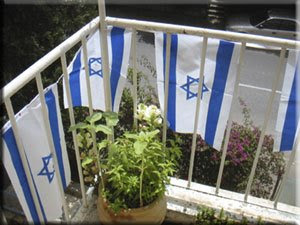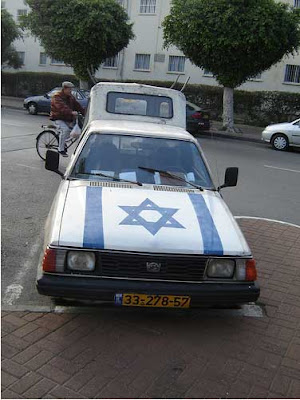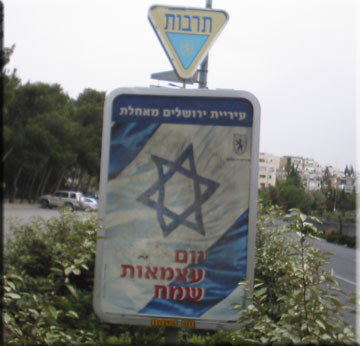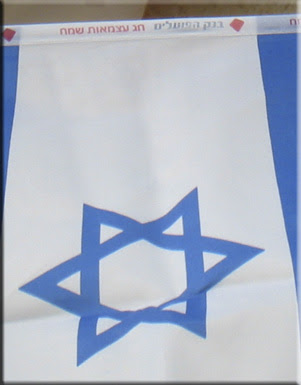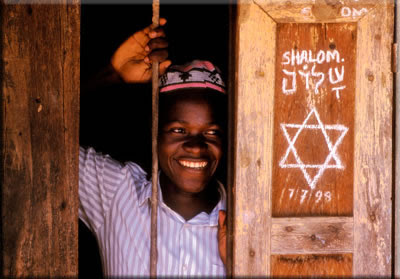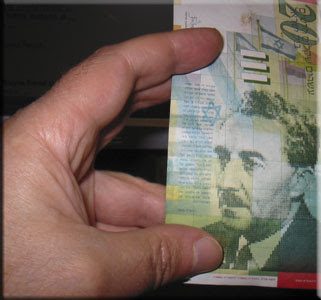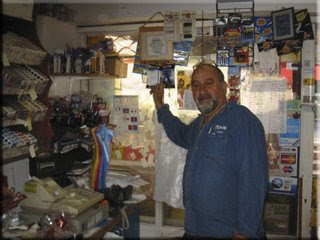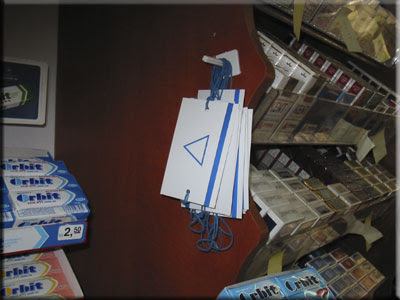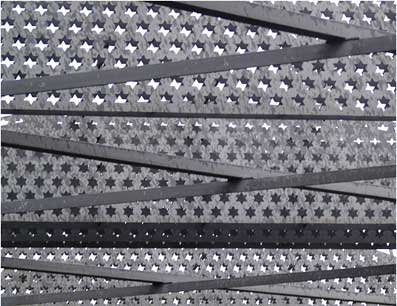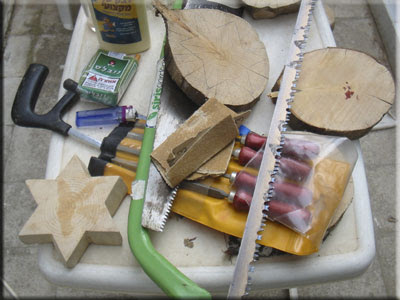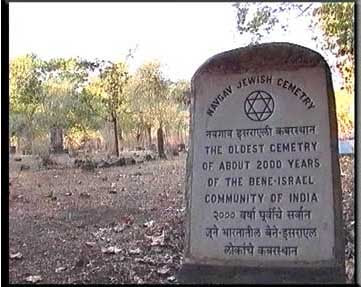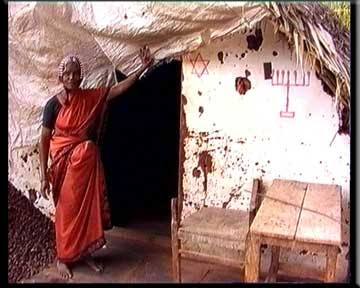
A Star of David on a wall of a house in the Chebrole village of the Beit Yaakov community
Photo and original text from the film "Legends of the Lost Tribes" courtesy of my dear friend Aran Patinkin who directed this film
"Legend tells us that the exiled Tribes of Israel wandered, weeping bitterly, from Assyria and Persia, through the mountains of Afghanistan, until they came to the enchanted valley of Kashmir. To this day, many of the residents of this valley call themselves Bene Israel--the “Children of Israel.” They kept the heritage of their ancestors until they were compelled to convert to Islam.
In Chebrole village, near the city of Madras, lives a small community that claims its ancestors migrated from Kashmir. This is the story of the community called Beit Yaakov, the House of Jacob.
Zadok Yaakobi is the rabbi of the synagogue. His brother, Shmuel, sets the prayers to music
Shmuel tells us that during the great famine of 1872, most of the Hebrew community converted to Christianity. The missionaries fed their own flock well, persuading many hungry people to convert.
Before his death, Shmuel’s grandfather gathered his children and told them their true origin, the Tribe of Ephraim. When they found this out, the family and other members of the community decided to seek their way back to their Jewish brethren. They made themselves a synagogue and called it Beit Yaakov…
The remaining members of the sect, today numbering about half a million, stayed Christian, but their customs, ranging from dress codes to meat handling, burial and marriage rituals, bear signs of their Jewish origin.
To the Hindus, the entire sect is considered untouchable.
In India, everyone belongs to a caste that determines social status and occupation from birth to death.
At the lowest level of this system are the untouchables, with whom all contact is forbidden.
The Beit Yaakov claim that their classification as untouchables originates in a misunderstanding, possibly because of their Jewish custom of eating meat, a grave sin in the Hindu faith.
Community members attempted to establish contact with Jewish communities in Israel and throughout the world, but were bitterly disappointed. Even the Jews kept their distance.
A few years ago, a sensational article appeared in an Israeli newspaper. The writer irresponsibly attributed Hebrew origins to all the untouchables in India, claiming that there are 300 million potential Jews who want to come to Israel. In reality, there are at most 150 families… Since that article was published, members of the community have not been issued entry visas to Israel. Shmuel finds it difficult even to obtain a tourist visa so he can visit his son who is studying at the Hebrew University of Jerusalem.
Another group belonging to the Beit Yaakov community lives in nearby Ungol illage.
The biblical Queen Esther, of humble origin, plays a key role in the Beit Yaakov heritage. According to tradition, she became a star in heaven that watches over the community.
